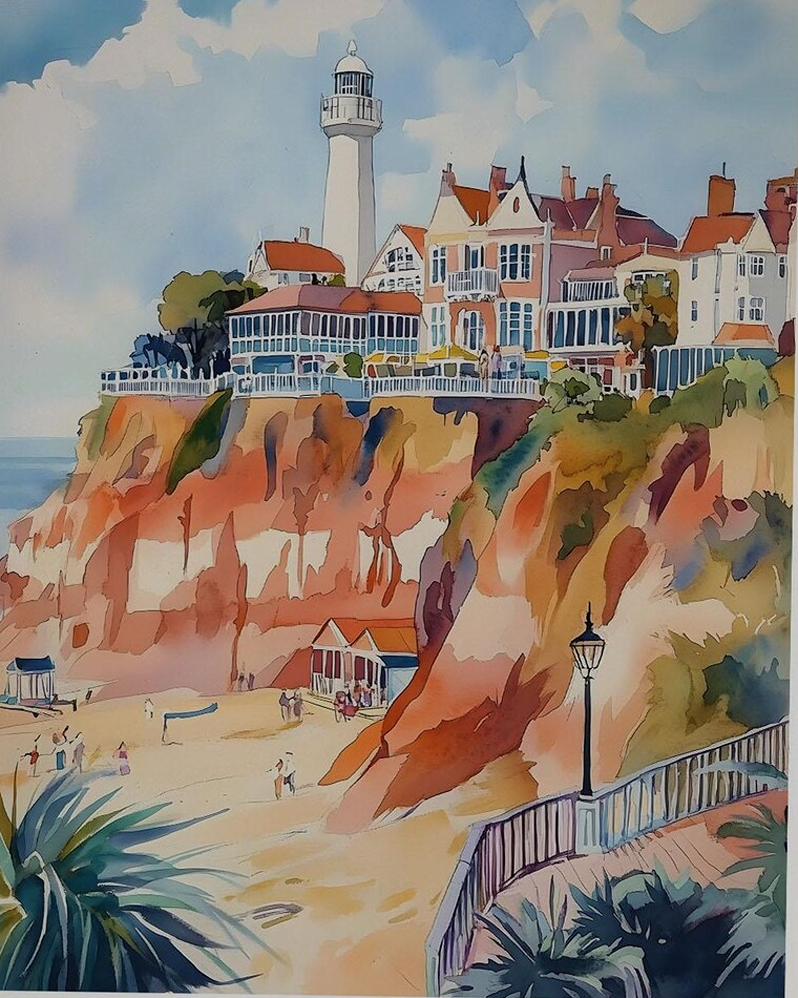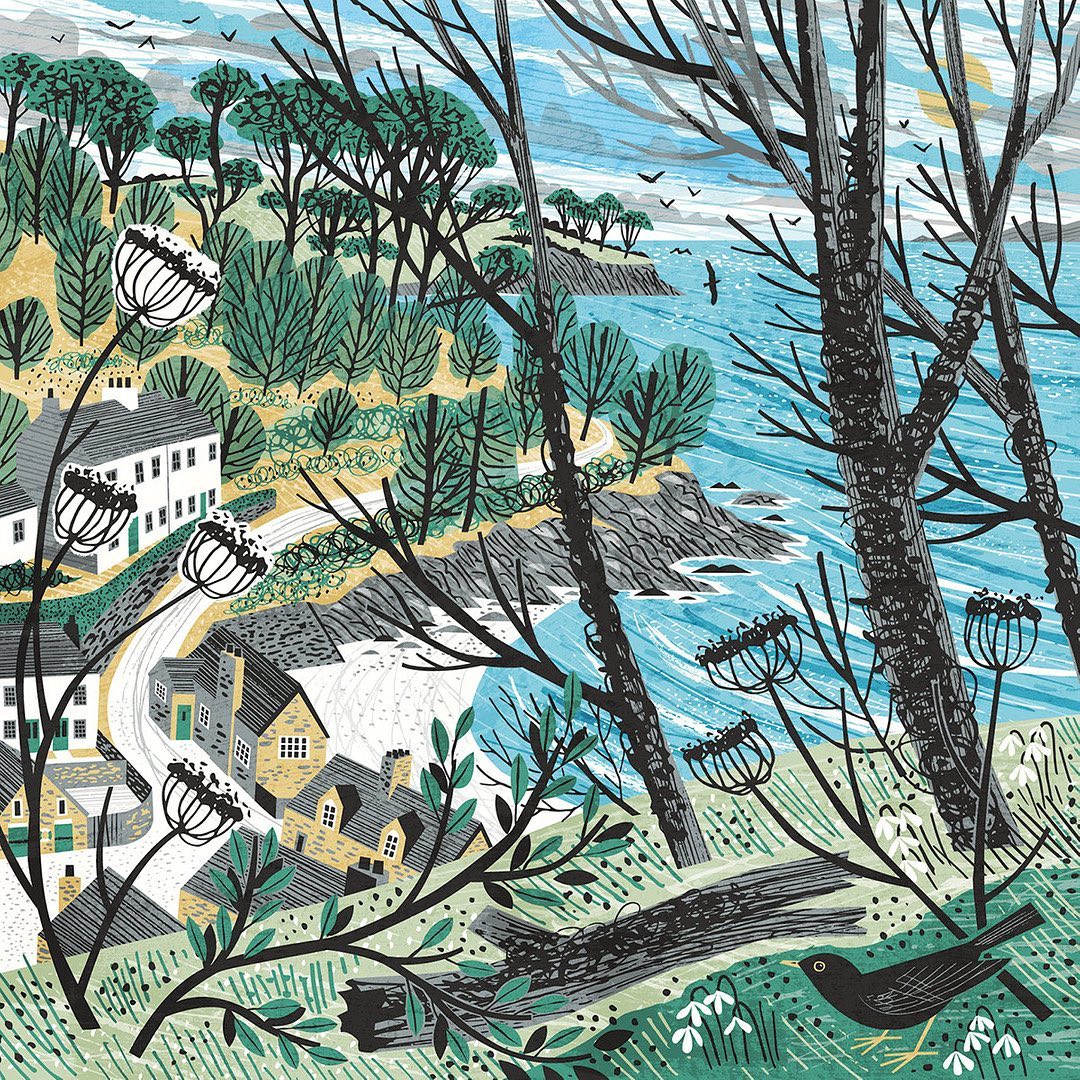The History of England’s Mysterious Mermaids

England’s coasts have many stories of mysterious mermaids, women who are half-fish and half-woman, some are friendly, others lure love-struck sailors to a watery grave. Like ghosts, many have claimed to see mermaids, but do they really exist, or is this just tall stories?
The word mermaid comes from ‘mere’, which is Olde English for the word ‘sea’.
Some people believe that mermaid spottings may often be seals, by people with bad eyesight! Rough waves, poor light and tired eyes may mean a ‘mirage’ that is not really true. Other say that sailors (who often liked rum and had gone without seeing women for months’) may have imagined them!
But many swear different. Liverpool has many ships named after mermaids, with stories from old sailors (even the shield on the cities coat of arms, features ‘merfolk’.
One story is of a mermaid in the 19th century, who would ring a sunken church bell at dawn on Sundays, to tell people to take better care of their souls!
Mermaid Sightings in Cornwall
One of England’s best-known mermaid legends belongs to the Cornish village of Zennor. According to the tale, a strange woman started attending church. Her beauty stunned the locals, and she never aged. She captured the heart of a young man named Matthew Trewhella.
One day, both vanished. People later claimed she was a mermaid and Matthew had followed her into the sea. Zennor Church still has a 15th-century carving of a woman with a fish-tail on ‘The Mermaid Bench’.
Mawgan Porth reported sightings back in 1827. A boy intending to fish at night reported seeing a creature that looked like a long-haired human, with fish-like fins on their lower half (blue in colour). Although sceptics said it was a seal, local fishermen said they saw seals each day, and knew the difference. What do you think?
A Mermaid Washed Ashore in England?
Another tale is of a mermaid who crossed over from Wexford in Ireland, and was washed ashore in England. She was captured alive as the town wanted to keep her. But she mourned for the sea.
Moved by her sadness, the people let her go. She slipped beneath the waves, never to return.






